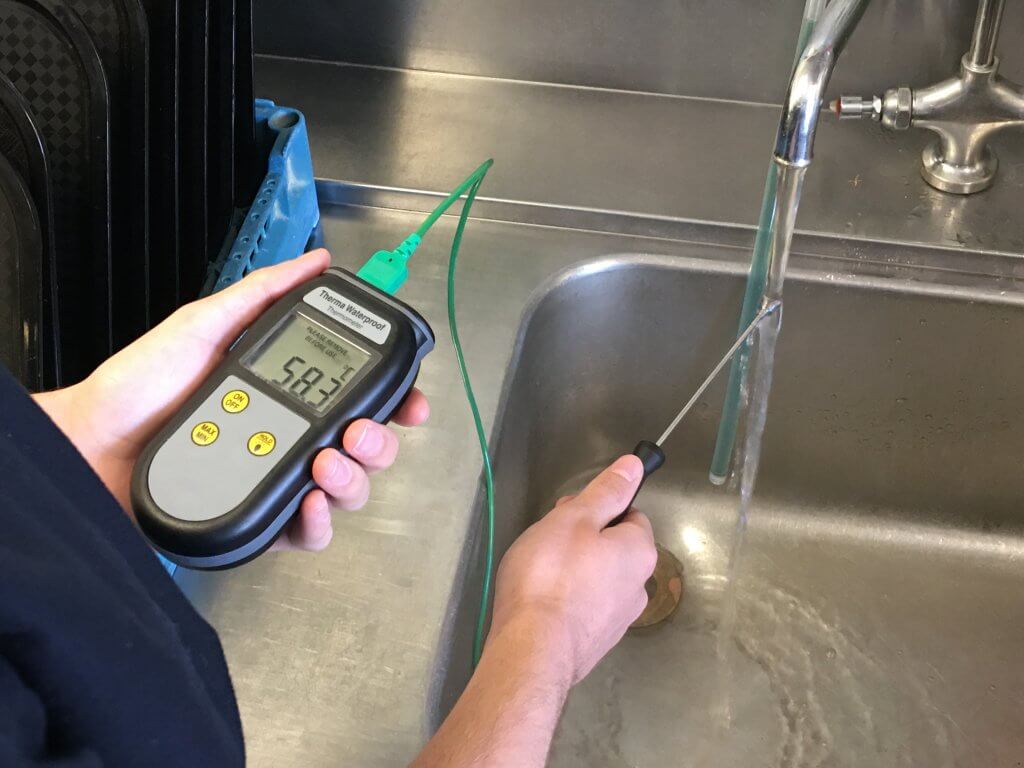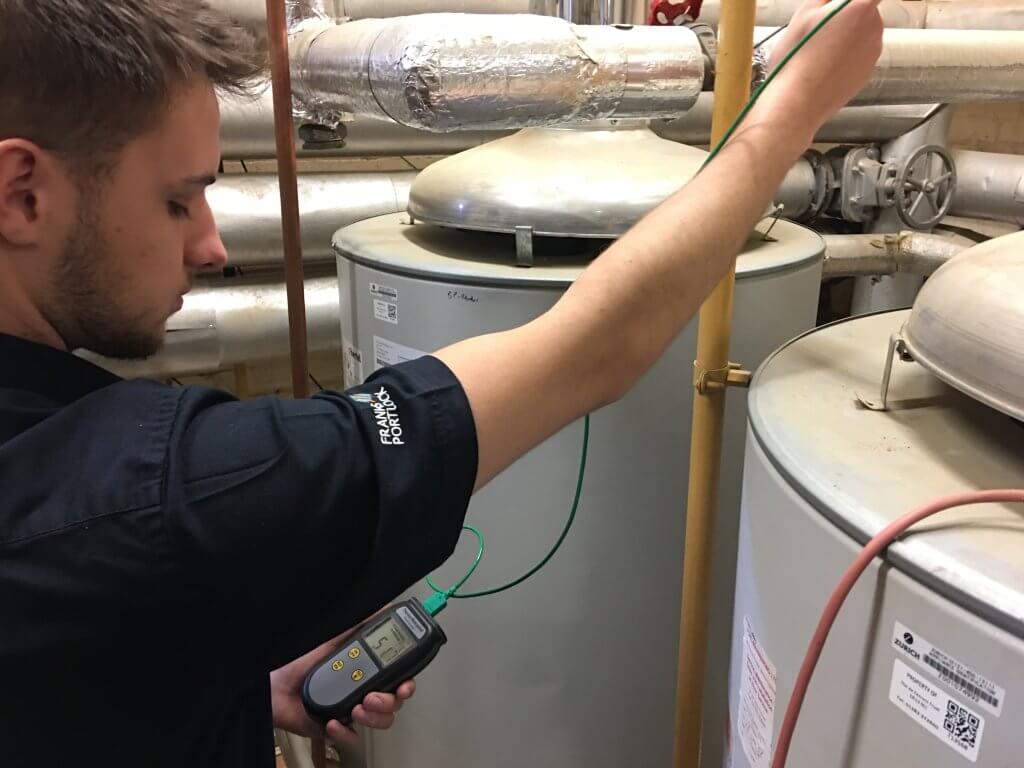If your assessment has shown that there is a reasonably foreseeable risk of exposure to legionella bacteria, there needs to be a written scheme in place to control that risk.
A Legionella written scheme of control is a comprehensive risk management document, identifying the necessary measures needed to control the risks from exposure to Legionella bacteria.
The written scheme is separate from the legionella risk assessment and is a legal requirement identified by the Health & Safety Executive in their Approved Code of Practice and guidance ACOP L8:2013 (fourth edition) “Legionnaires’ disease. The control of legionella bacteria in water systems”.
The written scheme must include an up-to-date plan of the system, instructions for the operation of the system, precautions to be taken to control the risk of exposure to legionella bacteria and details of the checks that are to be carried out (and their frequency) to ensure that the scheme is effective.
 ASBESTOS REGULATION COMPLIANCE CHECKER
ASBESTOS REGULATION COMPLIANCE CHECKER 0191 419 3116
0191 419 3116 contactus@franksportlock.co.uk
contactus@franksportlock.co.uk






